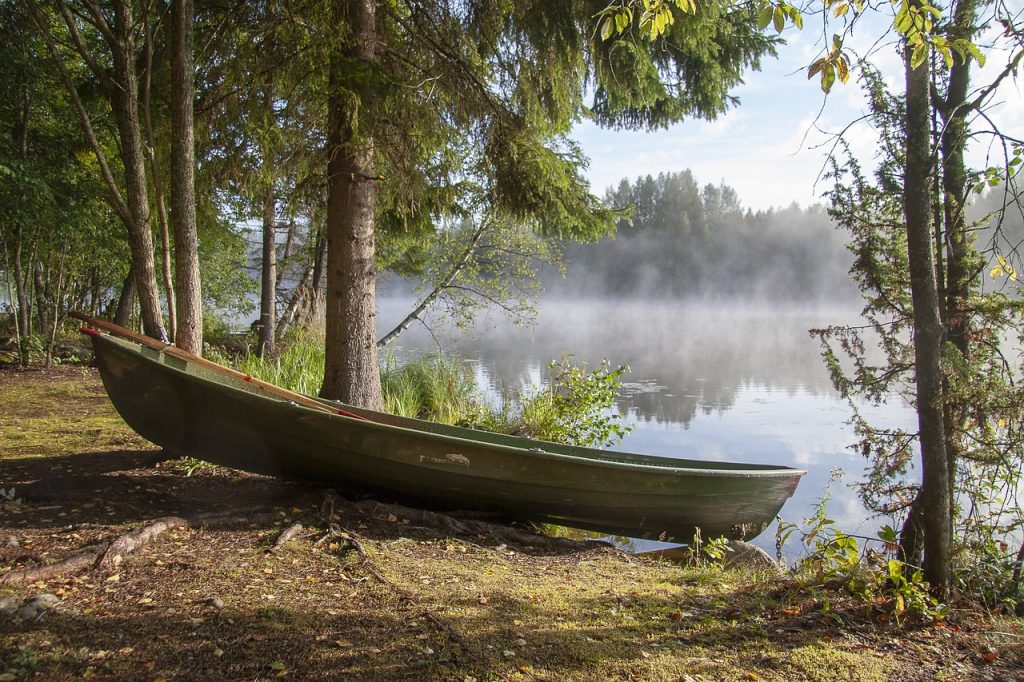All fields are required
Posted in Legionella,Legionnaire's disease,Outbreaks & Recalls on September 6, 2024

Reports of Legionnaires’ disease at Roaring River Lodge and RV Park prompts a Missouri Department of Health and Senior Services investigation.
This waterborne illness has many different potential sources. Many of which the facility has onsite.
Here’s what we know about the outbreak of Legionnaires’ disease at Roaring River Lodge and RV Park.
The Missouri Department of Health and Senior Services has recently received reports of several cases of Legionnaires’ disease.
What do they have in common?
A stay at Cassville’s Roaring River Lodge and RV Park during the month of July.
All three people received a Legionnaires’ disease diagnosis within 14 days of their stay at the facility.
The Missouri Department of Health and Senior Services collected samples from a variety of locations throughout the facility. Initial analysis points to the water system.
Legionella bacteria, the germ responsible for Legionnaires’ disease illnesses, was found in the water system of the resort.
The Department is working with the facility to enhance their water system and eliminate any lingering bacteria in an effort to prevent future Legionnaires’ disease illnesses. The two entities are collaborating to establish a water management strategy to mitigate potential risks for the health and safety of guests and employees.
Legionnaires’ disease is a type of pneumonia-like illness caused by a lung infection with Legionella bacteria.
These miniscule microbes often live in natural water environments like lakes, streams, and rivers. In these environments, infection is rare. In most cases, it is caused by aspirating water into the lungs while in the water.
The more significant threat occurs when these bacteria grow in man-made water systems. Particularly those with the potential to aerosolize water droplets into the air.
People become sick when they inhale those aerosolized droplets containing the harmful germ.
According to the Centers for Disease Control and Prevention (CDC), 1 in 20 people exposed to Legionella bacteria will become sick.
Fortunately, Legionnaires’ disease is not contagious. In fact, person-to-person transmission almost never happens. Except in a few rare cases.
Any water system application that aerosolizes or mists water can potentially spread Legionnaires’ disease.
The most common sources of Legionnaires’ disease that spread Legionella bacteria include:
According to the Occupational Safety and Health Administration (OSHA), domestic hot water systems are frequently identified as the source of Legionnaires’ disease outbreaks. This includes “lavatories, showers, and drinking fountains in commercial, industrial, and multi-family residential settings.”
Prevention begins with water management programs designed to effectively prevent the growth of Legionella bacteria. Design, maintenance, and routine cleaning/disinfection are key components of effective Legionella control measures.
Effective water system maintenance prevents scale buildup and prevents biofilms that Legionella bacteria thrive on. Maintaining records of these activities helps track effectiveness of these processes.
While Legionella bacteria are fairly hearty and survive many commonly used disinfectants, certain biocide approaches have shown effectiveness against the germ.
Halogen oxidizers like compounds containing chlorine and bromine, ozone, peroxides, and non-oxidizing biocides, when used properly, can control Legionella bacterial growth.
Ultraviolet light and ultrasonic waves have also been shown effective against Legionella bacteria under certain conditions.
Anyone exposed to Legionella bacteria can become infected and sick with Legionnaires’ disease. However, certain groups of people are more vulnerable to infection.
As with most illnesses, those with a weakened immune system are at greater risk of becoming sick if exposed.
Those who smoke or have smoked in the past, as well as people with chronic lung conditions are also more likely to become sick if exposed. Conditions like Chronic Obstructive Pulmonary Disease (COPD) and emphysema put people at greater risk.
Age can sometimes be a factor. People over 50 years of age are also in the higher risk category.
Legionnaires’ disease symptoms are often confused with typical pneumonia illness. For this reason, Legionnaires’ disease is often underdiagnosed.
While pneumonia treatments may eventually treat this illness, effective treatment requires an accurate diagnosis. Otherwise, illness can linger for longer than necessary.
If you have symptoms consistent with Legionnaires’ disease, notify your health care provider of your potential exposure risk.
Common Legionnaires’ disease symptoms include:
While not as common, other symptoms may include nausea, diarrhea, and/or confusion.
Most of the time, symptoms begin within two weeks of exposure. Though in some cases, symptoms onset could be as early as two days or as late as several weeks following exposure.
Have you become sick with Legionnaires’ disease symptoms and recently stayed at Roaring River Lodge and RV Park?
Get medical help right away. Legionnaires’ disease symptoms can linger much longer than necessary without proper treatment. The only way to feel better faster is proper diagnosis. Contact your health care provider right away.
If you have been significantly impacted by your illness, it is a good idea to get advice from an experienced, successful Legionnaires’ disease lawyer.
If you have become sick with Legionnaires’ disease after visiting Roaring River Lodge and RV Park and wish to make a legal claim for financial compensation, The Lange Law Firm, PLLC can help.
Call (833) 330-3663 or send an email for a free, no obligation consultation.
By: Heather Van Tassell (contributing writer, non-lawyer)